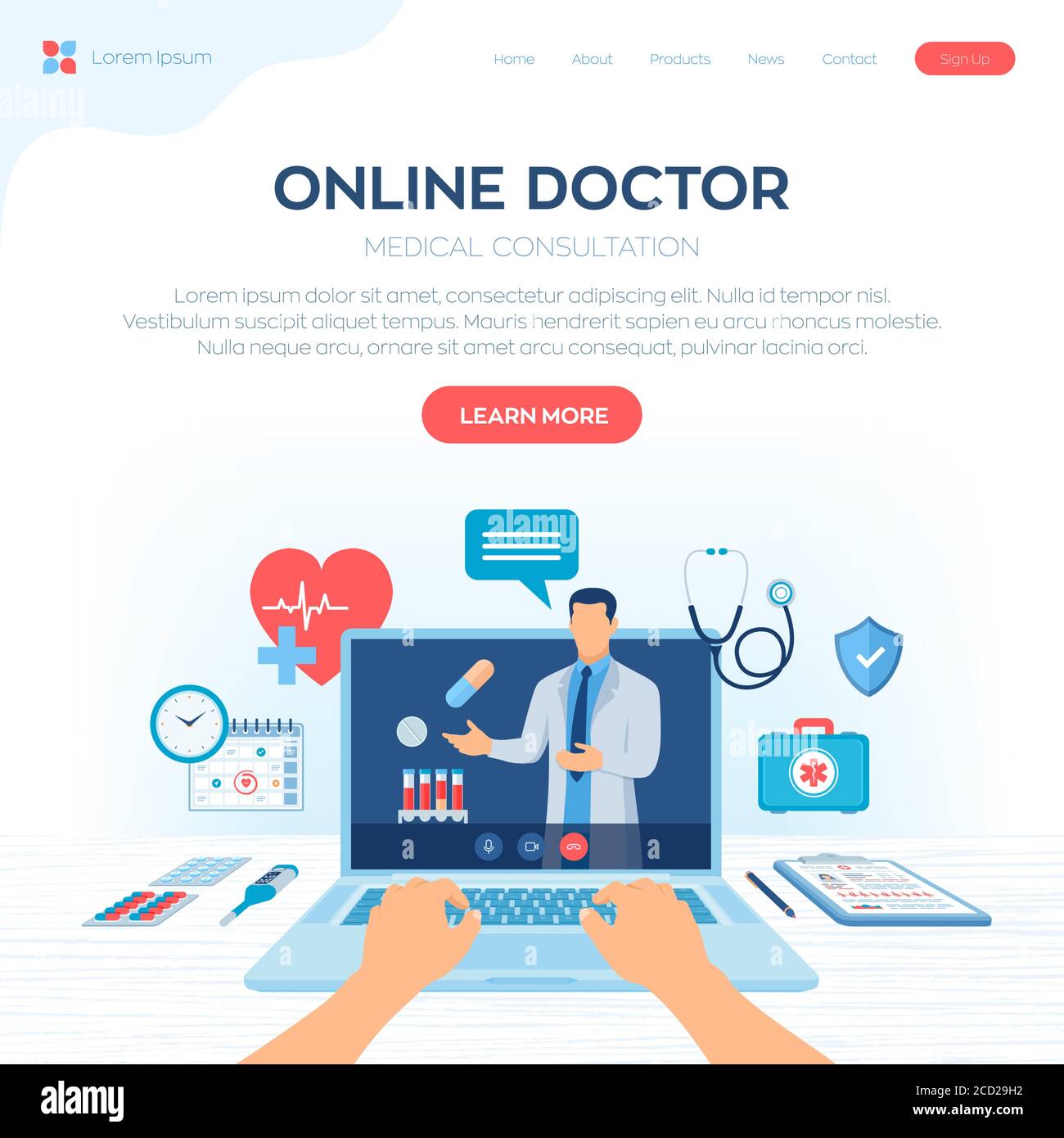The Surge of Subscription-Based Health Care and Its Influence on Patient Care
As healthcare progresses, the subscription-based version is gaining traction, promising to reinvent individual treatment by supplying predictability and ease of access. These versions, which bypass traditional insurance, can redefine the patient-doctor dynamic, stressing personalized and preventive care. As with any development, they present challenges, particularly concerning fair gain access to for all socioeconomic groups. The potential for these versions to improve medical care distribution increases pushing concerns about their lasting sustainability and inclusivity. Are these registration services the future of healthcare, or do they risk leaving vulnerable populaces behind? The ins and outs of this shift warrant a closer exam.
Understanding Registration Health Care Versions
Understanding the principle of subscription health care models includes analyzing a transformative approach to clinical solutions that emphasizes cost and accessibility. These designs, typically described as direct health care (DPC) or concierge medication, have emerged as ingenious alternatives to standard fee-for-service medical care systems. Membership health care permits clients to pay a set month-to-month or yearly cost for a defined collection of clinical solutions, which might consist of limitless office visits, routine examinations, and fundamental laboratory examinations, without the demand for traditional insurance coverage payment.
The structure of subscription healthcare designs is created to simplify patient care by eliminating third-party payers and complex invoicing codes, therefore reducing management problems. Medical care service providers can focus a lot more on individual treatment, promoting stronger patient-provider relationships. This model also promotes preventative treatment by urging normal sees, as the economic challenge of per-visit fees is eliminated.
The membership model frequently empowers doctor to handle smaller client panels, enabling even more tailored care. It straightens economic motivations with person wellness results, as companies are inspired to maintain individual contentment and wellness. Generally, understanding subscription medical care designs requires identifying their prospective to reshape just how care is delivered and accessed.
Benefits for People and Providers

With a stable revenue stream, health care professionals can commit more time to each client, leading to an extra individualized and detailed treatment experience. The emphasis on precautionary treatment within subscription plans can lead to far better patient results and reduced long-lasting health care prices.
Concerns and difficulties
While subscription-based medical care models present numerous advantages, they likewise come with a set of difficulties and concerns that must be resolved. This increases ethical questions concerning fair access to healthcare solutions.
Financial sustainability of subscription-based versions is one more concern. Suppliers need to balance the fixed revenue from memberships with the variable prices of health care services, which might change because of unforeseen clinical requirements. This can create stress to limit solutions or increase fees, potentially influencing individual fulfillment and care quality.
Furthermore, governing oversight of subscription-based healthcare versions is still progressing. The absence of standard frameworks can bring about inconsistent solution quality and liability, complicating initiatives to make sure patient defense. The assimilation of technology-- usually a foundation of these designs-- elevates questions regarding information personal privacy and safety and security, as delicate patient information might be at risk to breaches. Attending to these obstacles is essential for the fair and successful implementation of subscription-based medical care.
Effect on Patient-Doctor Relationships
One considerable effect of subscription-based health care designs on patient-doctor connections is the capacity for improved continuity and customized care. By adopting a membership design, medical professionals can manage a smaller person panel, enabling even more specialized time with each individual. This increased schedule promotes a deeper understanding of a patient's case history, way of living, and preferences, making it possible for a lot more customized treatment strategies and interventions.

Nonetheless, it is necessary to acknowledge that while subscription-based designs may benefit those who can afford them, they can unintentionally widen health care differences. Patients that are incapable to take part in these versions may experience lower access to individualized treatment, potentially influencing their relationships with medical care service providers. Thus, while the membership version supplies promising benefits for patient-doctor partnerships, it also postures difficulties that need to be dealt with to make sure equitable medical care accessibility.
Future of Health Care Access

The function of technology can not be overlooked in this transformation. Telemedicine systems and see this site digital wellness records facilitate smooth interaction between clients and healthcare carriers, breaking down geographical and logistical barriers. Additionally, developments in synthetic intelligence and data analytics can additionally individualize clinical treatment by forecasting person requirements and maximizing therapy strategies.
Nevertheless, the future of medical care accessibility likewise presents challenges, such as guaranteeing equity throughout various socio-economic teams. Policymakers and medical care service providers need to collaborate to connect the digital divide, ensuring that subscription-based designs continue to be comprehensive and inexpensive. As these systems develop, they hold the pledge of making medical care a lot more accessible, effective, and patient-centric.
Conclusion
Subscription-based healthcare models are reshaping patient care by offering a secure cost structure and boosting access. These versions reinforce patient-provider partnerships via personalized care and normal check outs, emphasizing preventative you can look here health. Despite these benefits, difficulties such as accessibility problems for low-income populations and the demand for equitable medical care options linger. The surge of subscription-based health care encourages proactive individual involvement, which has the possible to enhance client results and fulfillment, signifying a transformative shift in medical care shipment.
As health care progresses, the subscription-based version is gaining grip, guaranteeing go to website to change client care by supplying predictability and access.Subscription-based medical care versions supply unique benefits for both individuals and carriers, improving the overall healthcare experience.As health care systems advance, the future of medical care access frequently pivots on the integration of ingenious versions and modern technologies.Subscription-based healthcare versions are reshaping person treatment by providing a steady expense framework and boosting ease of access. The rise of subscription-based healthcare motivates aggressive person involvement, which has the potential to improve person end results and contentment, signifying a transformative shift in medical care shipment.